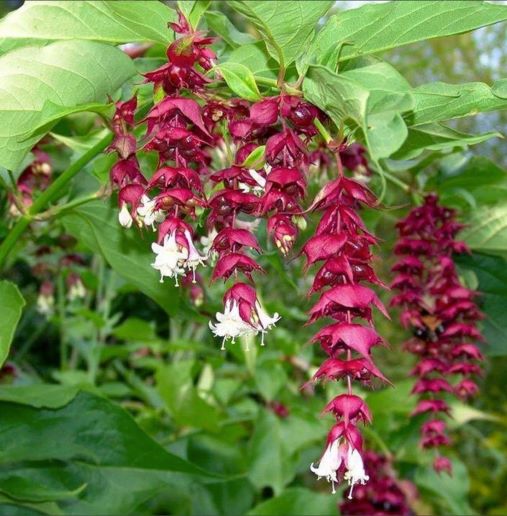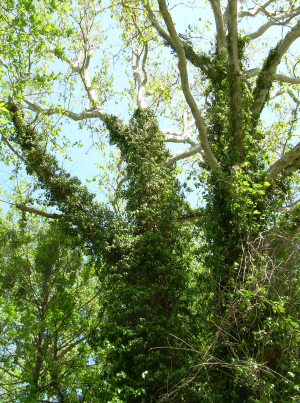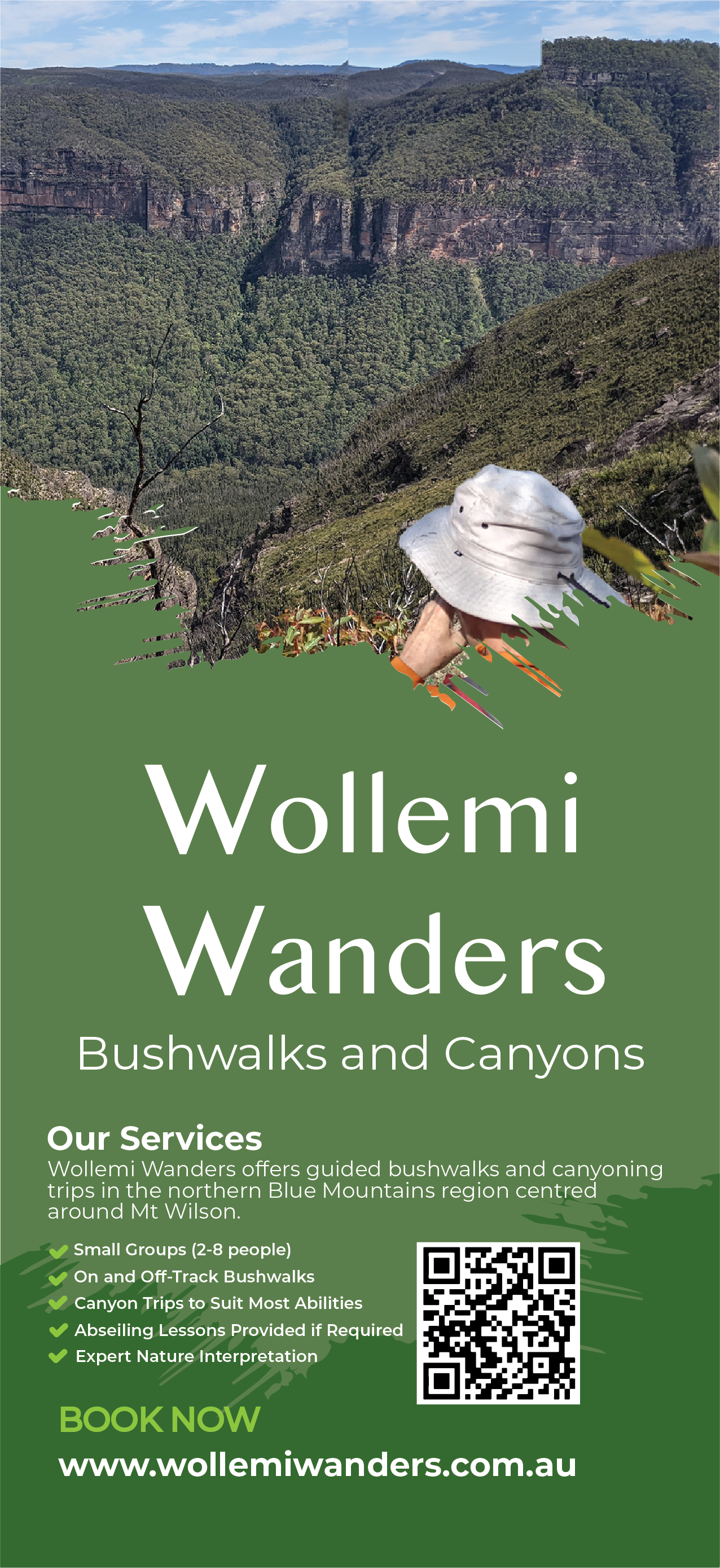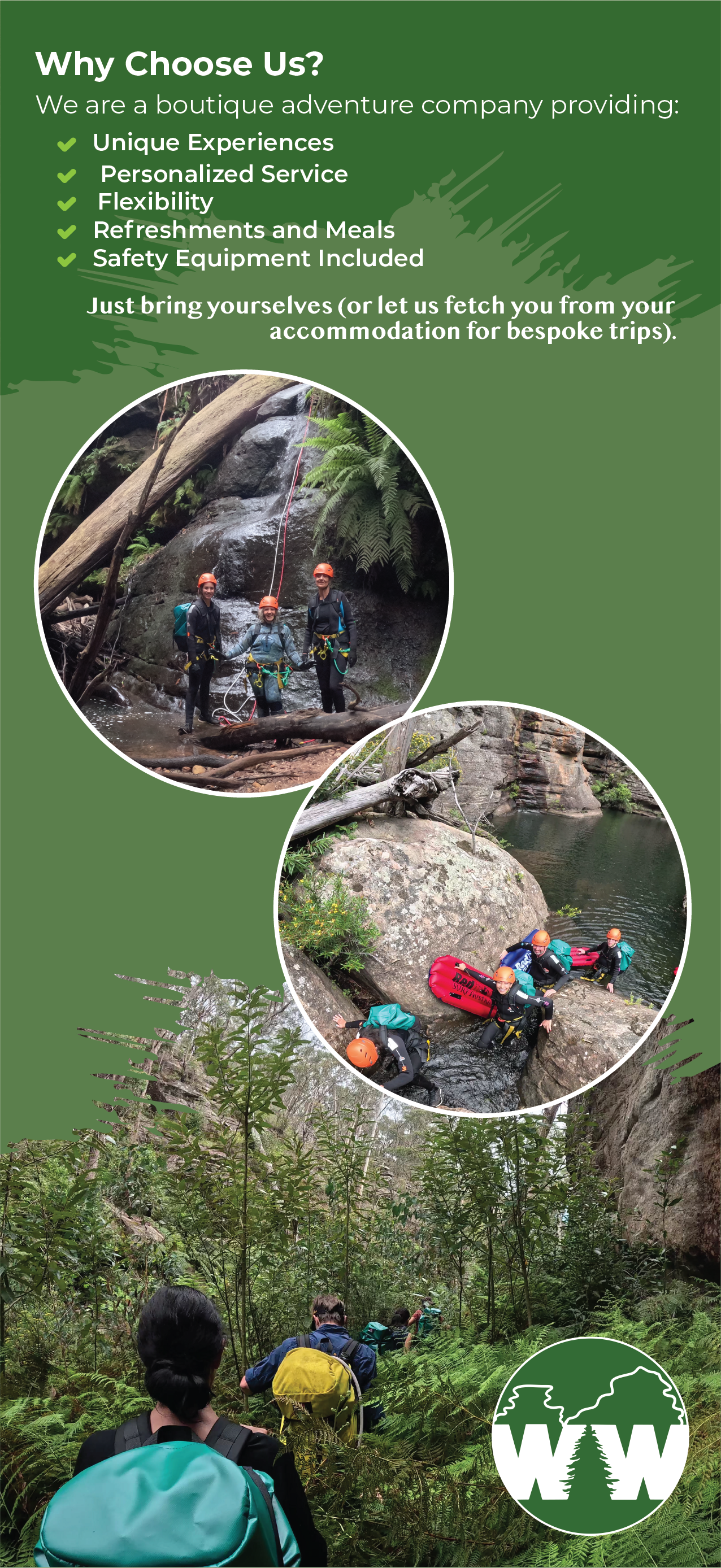Uncategorised
Monitor Fire Trails While Walking
- Details
Help By Monitoring Fire Trail Condition While Walking
In late 2021 David Howell, Senior Deputy Captain encouraged the Brigade members and the community to walk fire trails in their own time and report any hazards, such as fallen trees, branches or other obstacles which might impede the safe passage of fire trucks or firefighters. As a result, he has developed a system to allow each person to report any problems located on any trail into a spreadsheet.
To access this spreadsheet please use this link and bookmark or save it for future use. You may find you will be asked for a sign in, just click on the link again.
There are some considerations to contemplate which are important. You have the option of walking trails taking normal personal responsibility and then reporting anything you find which causes concern by using the link above to access the Fire Trails spreadsheet and enter a brief description of any concerns observed.
Or, if you are a Brigade member, you can regard this as a Brigade task attracting the usual RFS protections when we undertake RFS undertakings. If you wish to regard it as a Brigade task:
- You must sign in on the attendance book at the Mt Wilson or Mt Irvine Station. Members should know how to access the building from previous briefings. If in doubt, please ask a senior officer.
- Contact David Howell on (This email address is being protected from spambots. You need JavaScript enabled to view it.), or phone 4756-2091 or 0418 771 664 providing the following details:
- When you’re heading off - advising him what trail you’re walking, start time and estimated finish time, who’s in your party.
- If you see a fallen tree, branch or other hazard/obstacle make a note, take photos if you can and make a record of the location of the hazard/obstacle(s).
- Importantly, when you complete your walk, call or text David to let him know that you’ve safely completed your tasking.
- Use the link to access the Fire Trails spreadsheet and enter a brief description of any concerns observed.
If you see a tree or branch over the trail, please don’t attempt to remove it unless it is small and light enough to do so safely by hand. Once you report any large tree hazard, the Brigade will arrange for a member certified to use a chainsaw to remove it or if very large, have Council remove it.
One suggestion made was that members might like to monitor a particular fire trail. Even though this means we’ll have some regular fire trail walkers, that doesn’t mean that others can’t use those trails. We encourage members and the community to familiarise themselves with ALL fire trails. The Brigade would like all fire trails to be monitored at regular intervals – say, 6-8 weeks to ensure that we have current information
Any specific questions on this type of tasking please contact David or another senior officer.
Donating to Mt Wilson - Mt Irvine Community Groups
- Details
Tax deductible donations can be easily made by clicking on the following links below:
The Mt Wilson - Mt Irvine Rural Fire Brigade
Himalayan Honeysuckle (Leycesteria formosa)
- Details
 Himalayan Honeysuckle invades sensitive moist bushland such as Blue Mountains swamps where it forms thickets and dense shade, displacing native vegetation.
Himalayan Honeysuckle invades sensitive moist bushland such as Blue Mountains swamps where it forms thickets and dense shade, displacing native vegetation.
A deciduous multi-stemmed shrub to 3 m high. Stems are erect, hollow and bamboo-like. A native of the Himalayas. Leycesteria is a vigorous arching shrub with large, soft green leaves and drooping panicles of white flowers which are followed by clusters of shining dark purple berries spread in December and January by the birds. These plants grow well in the semi-shade of the rainforest.
Fruits are ovoid fleshy berries, dark crimson when ripe. Each fruit contains more than 100 small seeds.
Control
- The plant should be fully and continuously suppressed and destroyed
- Dig out, or cut off and poison every stem.
- Spray large areas November to March.
English Ivy (Hedera helix)
- Details
Whilst English ivy (Hedera helix) provides some lovely features and screens in our gardens this is very aggressive when out of control.
The Dandenong Ranges in Victoria (see video) are similar to Mt Wilson/Mt Irvine with the basalt soil and ornamental gardens and have a similar problem to the mounts with Ivy growing up trees and sometimes enveloping the whole tree.
Ivy is rampant in the village and eradication is difficult. However, we can all do something to limit the spread of ivy. Ivy flowers and produces fruit when it climbs up a tree and the seeds are then carried into gardens and the bush by birds. English ivy will eventually choke and kill trees, even big ones, both natives and exotics. To stop it spreading we need to focus on ivy growing on trees.
Tree Fern Treatment
For tree ferns the task is more complex as the ivy roots grow into the trunk. To kill the ivy the stems must be scraped with a knife and the herbicide applied to the ivy stem wound, being careful to avoid the tree fern trunk. This is best done in the growing season October to end April.
Non Tree Fern Tree Treatment
For other trees the process is much easier. Just cut the Ivy at the base and the Ivy should die. It is best also clearing about 1 m from the base of the tree. (see video)
Herbicide
Glyphosate (Roundup) is a herbicide that is used for killing English Ivy. Please note special care must be taken when using Glyphosate. The MWPA accepts no responsibility for the use or application of any chemicals. Always check the labels and Safety Data Sheets for all chemicals and use only as directed.
 Please note that the Blue Mountains Basalt Forest in around Mt Wilson is a ‘Blue Mountains Sensitive Vegetation Community’ so extreme care needs to be taken when controlling weeds in bushland areas. The only weed control methods recommended in sensitive areas are ‘scrape and paint’, ‘cut and paint’ and ‘stem injection’. If in any doubt about how to control weeds on your property consider using an accredited weed control contractor.
Please note that the Blue Mountains Basalt Forest in around Mt Wilson is a ‘Blue Mountains Sensitive Vegetation Community’ so extreme care needs to be taken when controlling weeds in bushland areas. The only weed control methods recommended in sensitive areas are ‘scrape and paint’, ‘cut and paint’ and ‘stem injection’. If in any doubt about how to control weeds on your property consider using an accredited weed control contractor.
Other Usefull references:
Weedwise Weed of the Month - English Ivy
Weedwise - English Ivy - Best Practices
WikiHow - How to kill English Ivy


